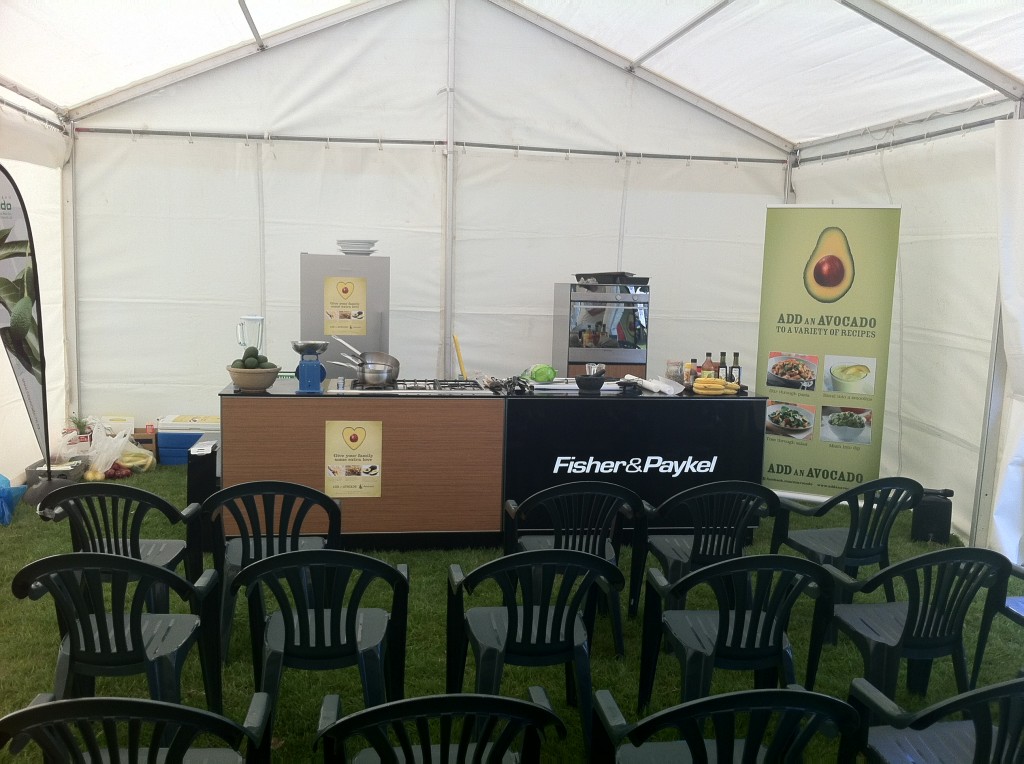This is one of those recipes that is rooted in the history of food and lets be honest who doesn’t love a cream tea. Clotted cream is incredibly hard to find in New Zealand and so I thought I’d share a couple of recipes that will get you started. It takes a long time to make so I’m sure it’s only a one off, but it is worth trying. There is also a cheat’s method to get a similar result at a fraction of the time.
This specialty of Devonshire, England (which is why it’s also known as Devonshire or Devon cream) is traditionally made by gently heating rich, unpasteurized milk until a semisolid layer of cream forms on the surface. After cooling, the thickened cream is removed. Since unpasteurized milk is not easily obtained, here is a recipe that comes close to the real thing. Clotted Cream can be spread on bread or spooned on top of fresh fruit or desserts. The traditional English ‘cream tea’ consists of clotted cream and jam served with scones and tea.
Clotted Cream
2 litres will net about 1 litre of clotted cream
Let the cream stand for 6 – 12 hours depending on time of year.
Cook cream in top of double boiler over simmering water until reduced by about half. It should be the consistency of butter, with a golden “crust” on the top. This will take a few hours.
Transfer, including crust, to bowl. Cover and let stand for 2 hours, then refrigerate for at least 12 hours. Check your fridge temperature as this needs to be cold.
Stir crust into cream before serving. Keep unused portions refrigerated, tightly covered, for up to 4 days.
Cheats Clotted Cream
200g Mascarpone
200ml cream
1teaspoon vanilla extract
1 – 2 tablespoons sugar
Zest of lemon or lime
Mix together and chill until needed
Strawberry Jam
This jam has a lower sugar content than the more usual 70% and therefore it is quite delicate and should be refrigerated after opening.
600g caster sugar
100g caster sugar with 30g dried pectin mixed in
1 kg ripe raspberries or hulled strawberries
juice of one lemon
Boil the fruit and 300g of the sugar covered for 5 minutes, remove the lid and boil for a further 7 minutes until the temperature reaches 100˚c, skim the foamy surface.
Sprinkle the surface with the remaining sugar, pectin and lemon juice. Stir and cook for a few more minutes.
Check for setting point and when ready pour into sterilised jars.
To get the longest life possible, place the filled jars, with their lids tightly on, onto a wire rack in a large pan of cold water (with the water almost up to the lids). Bring the pan to the boil gently and simmer for 20 minutes from boiling point. Remove from the water and leave to cool. Dry, label and store in a cool dark place. The jam keeps well for a year.
Scones
There are a couple of tricks to making good scones, firstly preheat the oven for at least 15 minutes to be sure that it is very hot and secondly keep the handling to the absolute minimum, that means no rolling pin and no pastry cutters.
450g sifted self-raising flour
175g very soft diced butter
pinch of salt
3 tablespoons of vanilla sugar
4 eggs lightly beaten
sour cream to taste
By hand bring together the flour and butter until it resembles fine crumbs. Add the salt, sugar, egg and any flavourings that you want (sultanas, dates etc), and bring together with your fingers (try really hard not to squeeze or knock the air out).
Now add the sour cream to taste, it should just hold together. Too much and the scones will spread in the oven and too little will make them heavy.
Gently smooth out to desired height, about 3 -5 cm, and cut with a sharp knife with out putting too much downward pressure on. Bake in a preheated oven at 225˚c for about 10 minutes. Transfer to a cooling rack and sprinkle with vanilla sugar
Leave a Reply
*

Be the first to comment.